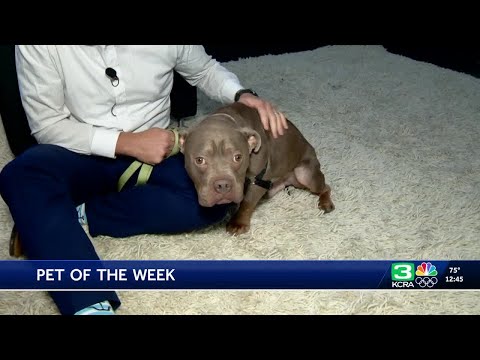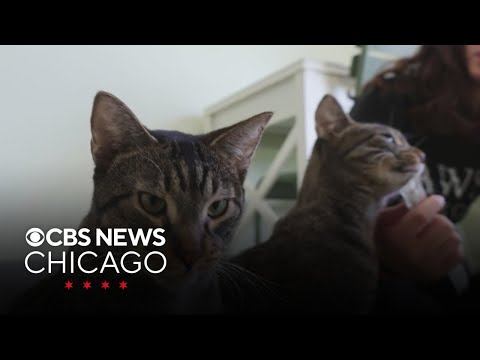Excited Goldendoodle Dressed Up Like the Easter Bunny is Such a Vibe – Yahoo
Easter is a time for celebration, family gatherings, and, of course, plenty of treats. But while you’re busy hiding eggs and enjoying the festivities, it’s crucial to remember that many common Easter traditions can pose a serious threat to your beloved pets. From tempting chocolates to seemingly harmless decorations, Easter can quickly turn into a trip to the vet if you’re not careful.
One of the biggest dangers is chocolate. Most pet owners are aware that chocolate is toxic to dogs and cats, but the sheer volume of chocolate present during Easter significantly increases the risk of accidental ingestion. Chocolate contains theobromine, a substance that pets cannot metabolize as efficiently as humans. Dark chocolate is the most dangerous, followed by milk chocolate. Even small amounts can cause vomiting, diarrhea, increased heart rate, and in severe cases, seizures and death. Be extra vigilant in keeping all chocolate candies, especially those hidden for Easter egg hunts, well out of reach of your furry friends.
Beyond chocolate, other Easter candies can also be hazardous. Sugar-free candies often contain xylitol, an artificial sweetener that is extremely toxic to dogs. Even small amounts of xylitol can cause a rapid drop in blood sugar, leading to weakness, seizures, liver failure, and even death. Candy wrappers, regardless of the candy they contained, can also pose a choking hazard or cause intestinal blockages if swallowed.
Easter decorations, while visually appealing, present another set of risks. Plastic grass, commonly used to line Easter baskets, is a particularly dangerous item. Its stringy texture makes it difficult for pets to swallow, and it can easily become tangled in their digestive system, leading to a linear foreign body obstruction. This condition often requires surgery to correct. Similarly, ribbons, bows, and cellophane wrappers can also be tempting for pets to chew on and swallow, potentially causing similar obstructions.
Easter lilies, while beautiful, are highly toxic to cats. Even ingesting a small amount of the plant can cause kidney failure. Other flowers commonly found in Easter bouquets, such as tulips, daffodils, and hyacinths, can also be toxic to pets, causing vomiting, diarrhea, and abdominal pain. If you have cats, it’s best to avoid bringing lilies into your home altogether during the Easter season. For other flowers, keep them out of reach of all pets, preferably in a room they cannot access.
Easter egg dye can also be problematic. While most commercial egg dyes are considered relatively non-toxic, some may contain ingredients that can cause gastrointestinal upset if ingested. Additionally, homemade dyes made with ingredients like onions or garlic can be harmful to pets. It’s always best to err on the side of caution and keep dyed eggs out of reach. Properly dispose of any leftover dye solutions and ensure that pets do not have access to them.
Leftovers from Easter dinner can also pose a risk. Fatty foods, such as ham or gravy, can cause pancreatitis in pets. Bones, especially cooked bones, can splinter and cause internal injuries. Onions, garlic, and grapes, which are often used in Easter dishes, are toxic to dogs and cats. Avoid feeding your pets any table scraps from Easter dinner, and make sure to dispose of leftovers properly to prevent them from scavenging.
To ensure a safe and happy Easter for everyone, take the necessary precautions to protect your pets. Keep chocolate, candy, decorations, and toxic plants out of their reach. Be mindful of what your guests are bringing into your home and remind them of the potential dangers. And, as always, if you suspect your pet has ingested something harmful, contact your veterinarian or the ASPCA Animal Poison Control Center immediately. A little vigilance can go a long way in ensuring that Easter remains a joyful celebration for all members of your family, furry ones included.









